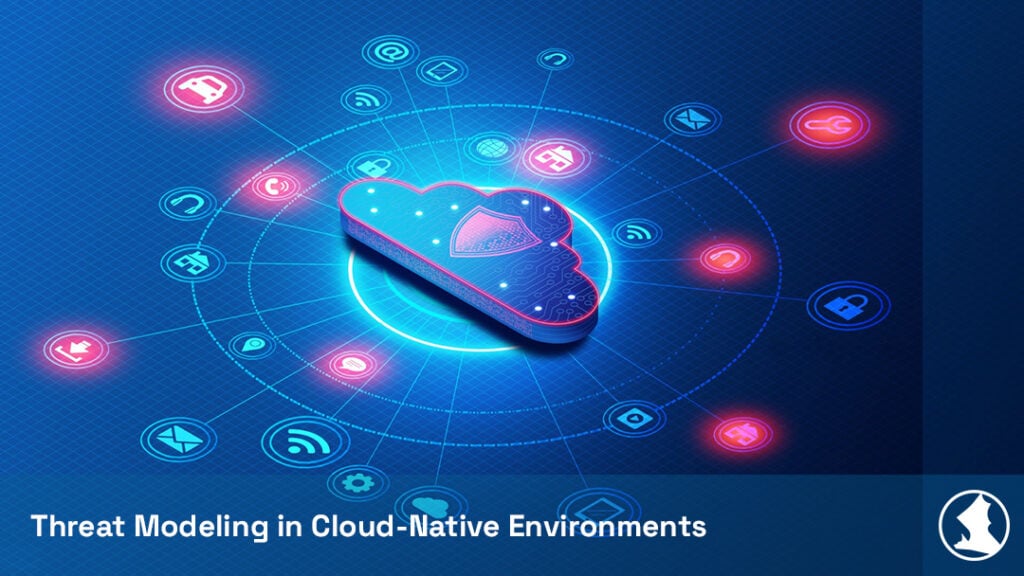
Among the IT and security professionals consulted in 2022, 75% reported that their organizations were shifting toward cloud-native applications. With this trend comes heightened environmental complexity and a host of resultant security and monitoring challenges. As noted in Snyk’s 2022 State of Cloud Security Report, 80% of organizations adopting cloud-first approaches have experienced a serious cloud security incident in the last year in the form of data breaches (33%), network intrusions (27%), and cloud data leaks (26%). To help organizations get ahead of the curve that cloud-native architectures introduce, security experts have begun adapting standard IT threat modeling concepts to the novel and unique characteristics of cloud-native spaces.
Adapting Threat Modeling for the Cloud
Threat modeling is a specific form of risk assessment that aggregates all available information affecting the security of an application or system into a structured representation of possible incident scenarios. Risks identified in threat modeling processes may be internal such as structural vulnerabilities or insufficient safeguards or external attacks along any number of pathways. In any case, modeling threats in advance is crucial to building security infrastructure into processes.
Traditional visual components in threat modeling representations include flow diagrams, probability graphs, and attack trees. Nevertheless, cloud-native environments involving multiple clouds, containers, and levels of infrastructure-as-code (IaC) at scale have become too complex and change too fast to allow comprehensive modeling of possible threat vectors with the same tools. Recent studies of enterprise cloud applications have found that 96% contain known vulnerabilities such as infrastructure misconfigurations, overprovisioned access, insecure APIs, or open-source vulnerabilities.
Effective threat modeling in inherently complex and anomalous environments requires shifting focus from manually mapped conditionals incapable of scaling to policy-driven modeling. In policy-driven modeling, organizations codify the conditions such as risk thresholds and code changes that trigger security events, rather than trying to anticipate them specifically. Automating decision-making processes in these contexts ensures that security standards are applied consistently, regardless of scale and time constraints.
Real-Time Threat Modeling with Spyderbat
While the number and complexity of threats to cloud-native environments exceed the limitations of static modeling and prescribed mitigations, translating threat models into policy-as-code (PaC) helps organizations cast a wider security net. However, even PaC enabled by DevSecOps or site reliability engineering (SRE) approaches must remain adaptable to new lessons. In a landscape of incalculable threat vectors, the most critical will always include the pathways successful exploits have actually taken in a specific environment.
With traditional logging tools and cloud service provider monitoring capabilities, reconstructing attack pathways in cloud-native environments is only partially effective and inevitably runs across blind spots such as containers. Spyderbat’s runtime cloud-native security platform completes the circuit for attack pathway tracing. Using a lightweight eBPF-based nano-agent, Spyderbat captures a comprehensive representation of every runtime event in distributed environments, including every container instance. Visually rendered tracing of causal connections for each event enables not only real-time attack identification but also PaC as defined against all previously encountered successful exploits when unexpected runtime deviations occur.
To learn more and schedule a live demo, contact Spyderbat today.